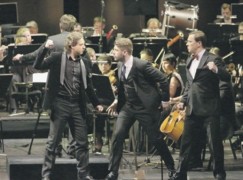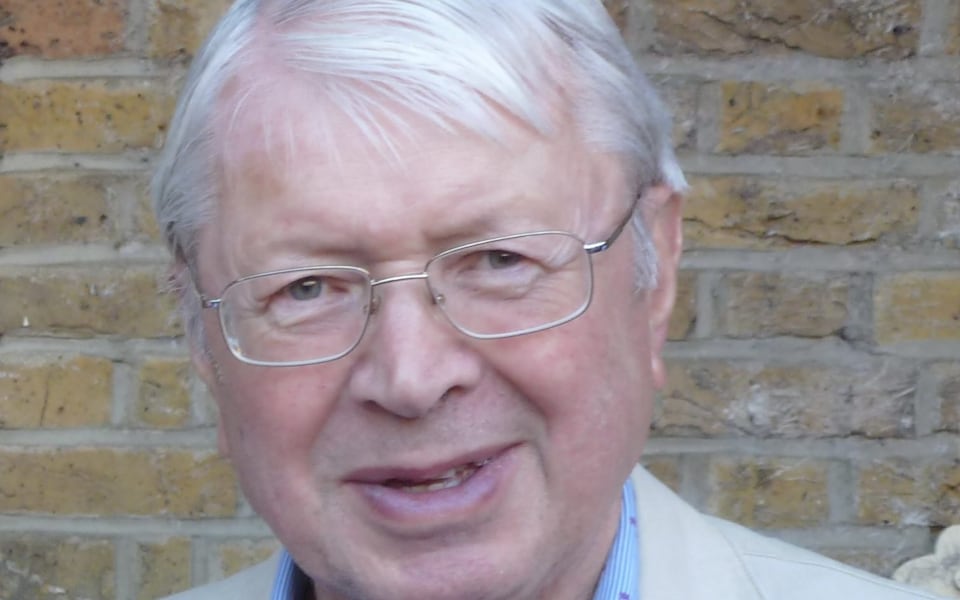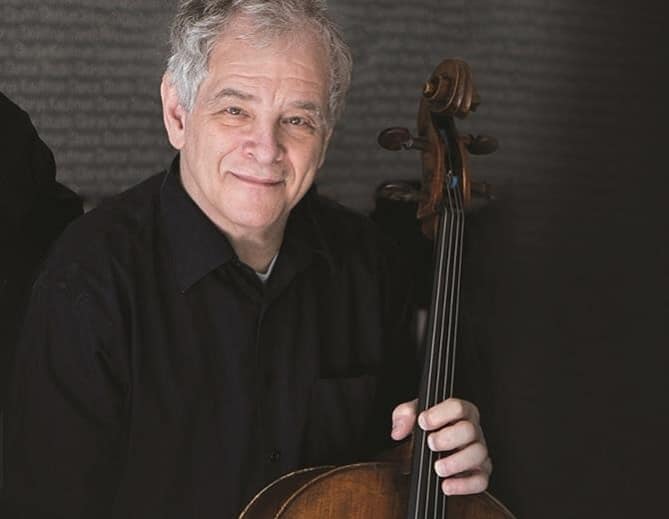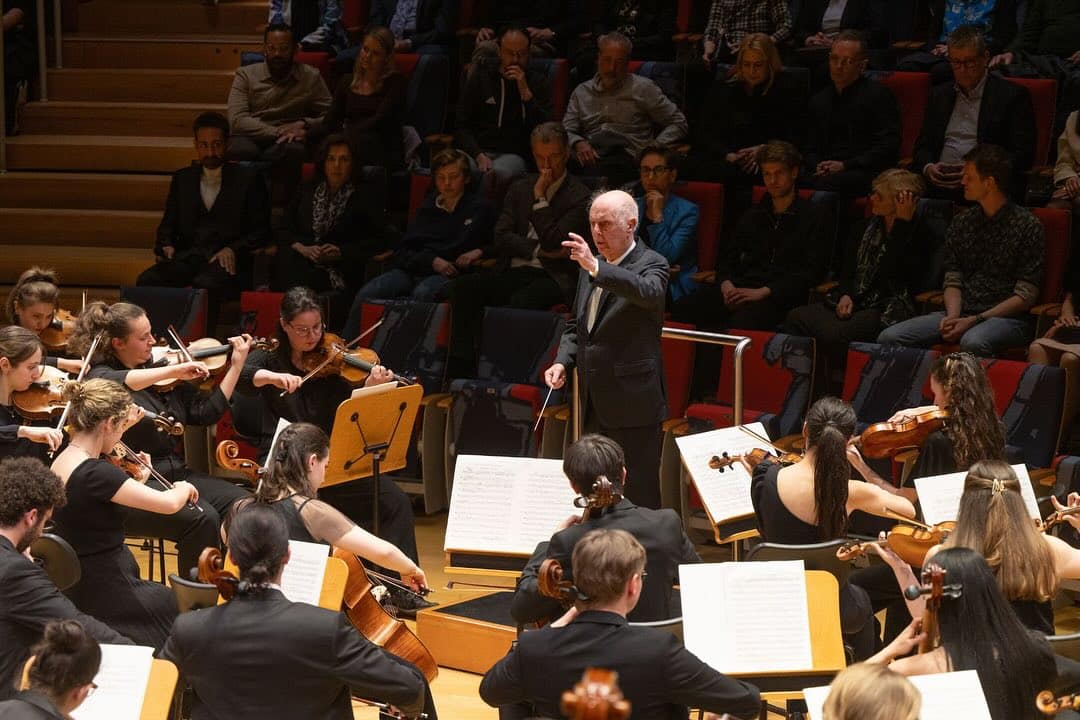Disharmony in Berlin: Two Philharmoniker face each other in court
mainBrotherly love counts for nothing when money is at stake.
A viola player in the Berlin Philharmonic Orchestra – the names have been disguised in court – is accusing a former member of the orchestra of selling him a fake instrument.
The viola he bought from his colleague three years ago for 60,000 Euros was labelled ‘Luigi Mingazzi 1923 Ravenna’.
It turns out to be German-made and worth 50,000 less.
The seller, who now plays in the Munich Philharmonic, is refusing compensation.
A Munich court will pass judgement on October 26 after calling in an expert for consultation.
UPDATE: German media name the two violists.

German media are reporting the case with relish. It is highly unusual for such cases not to be settled within the orchestra, avoiding unpleasant publicity.





Comments